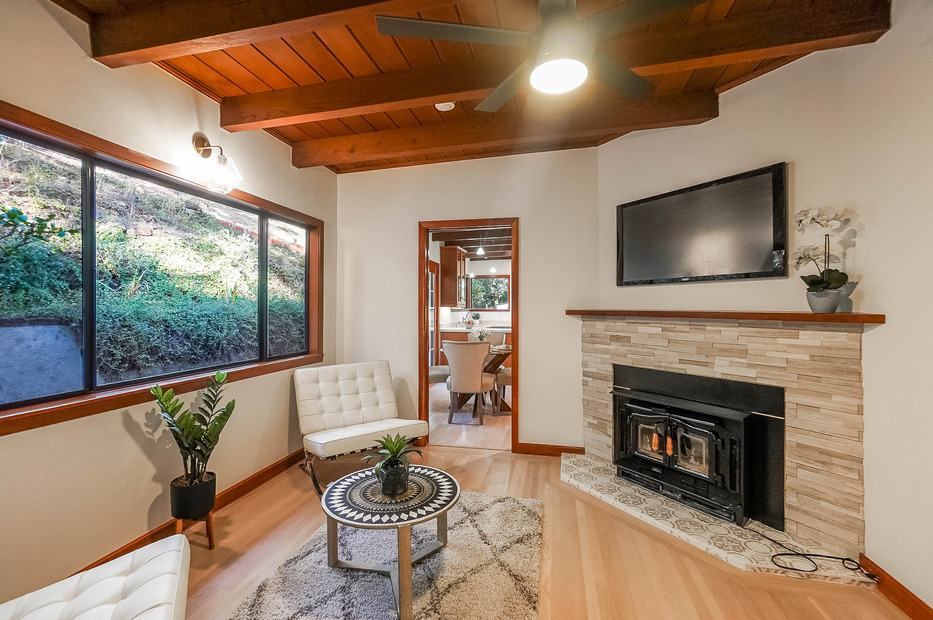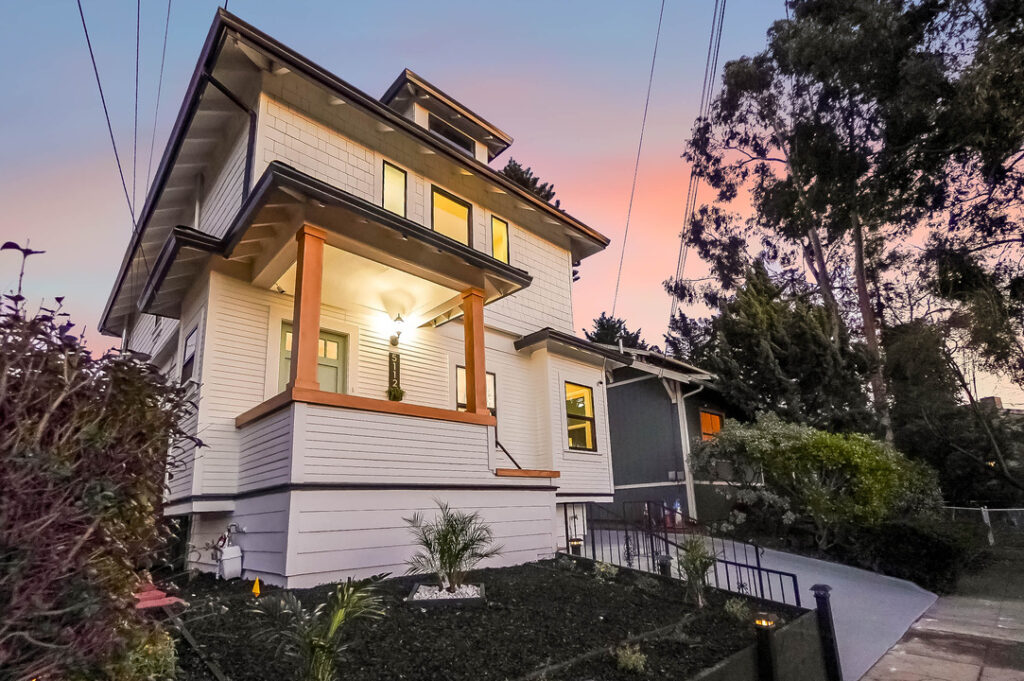Thinking about expanding your home but unsure whether a Home Addition vs Remodel is the better route? Or maybe you’re weighing Remodel vs New Build options—and you’re wondering which delivers more space for your budget, and which one maximizes your home’s resale value? This guide dives into everything you need to make an informed choice: cost comparisons, timelines, zoning hurdles, lifestyle impact, sustainability insights, and how each option might affect your property’s worth.
We’ll walk you through real-world Add a Room vs Remodel Cost examples, provide a detailed pros and cons chart, and present actionable scenarios to help steer your decision. Along the way, you’ll find SEO-rich insights woven naturally, plus concepts for visuals to clarify complex considerations. By the end, you’ll know whether it’s smarter to add on or reinvent your space based on your goals, budget, and long-term vision.
Home Addition vs Remodel: Understanding the Difference
What Is a Home Addition?
A home addition involves building new living space onto your existing structure—such as a new bedroom, bathroom, or even a second-story expansion. Unlike remodeling within your footprint, a home addition grows with you, offering fresh square footage. It often requires foundation work, framing, roofing, plumbing, and electrical installations—all being substantial construction efforts.
What Is a Full Remodel?
A full remodel focuses on reimagining and optimizing your current space. This may mean tearing down walls for open-concept layouts, gutting kitchens or baths, or transforming underused areas such as attics or basements. Renovation stops at surface-level upgrades like paint or fixtures, while a full remodel can change structure, layout, and function entirely.
Renovation vs Remodel vs Addition Clarified
Renovation breathes new life into finishes. Remodels dig deeper—structural or layout changes. Additions add physical space. Choosing among them depends on your budget, objectives, and the current integrity of your home.
Unique Insight: Emotional & Sustainable Impact
While many guides focus on functional needs, few highlight the emotional benefit of staying in a familiar home versus the eco-benefits of avoiding new construction. Renovating, remodeling, or adding onto your home reuses materials and embodied energy—making it more environmentally sustainable than tearing down and starting over.
Cost Comparison: Add a Room vs Remodel Cost
Cost by Project Type
- Kitchens: Minor remodels run $23,000–$35,000, midrange $35,000–$65,000; high-end over $75,000.
- Bathrooms: Standard remodels average $8,000–$15,000; luxury scopes climb much higher.
- Living Rooms: Depending on finish level, remodels range $5,000–$25,000 for a full update, while simple cosmetic work may cost as little as $2,000.
Cost per Square Foot Comparison
Remodels typically cost $15 to $150 per square foot, depending on finishes and complexity. Home additions usually exceed this range due to new foundations, framing, and roofing.
Typical Price Ranges (2025)
Whole-house gut remodels often fall between $150,000–$300,000, while additions—especially multi-room or second-story expansions—frequently enter mid-six-figure territory. Kitchen and bathroom remodels remain top cost drivers but also deliver some of the highest returns.

Pros and Cons Table: Home Addition vs Full Remodel
| Option | Pros | Cons |
|---|---|---|
| Home Addition | – You gain actual new living space – Often adds resale value (average ~65% ROI) – Can be customized completely | – Expensive & time-consuming – Requires permits, zoning, foundation, possible demolition – Reduces yard space; disrupts daily life long-term |
| Full Remodel | – Generally more cost-effective – Less permit-heavy and faster – Preserves yard and uses current footprint better | – Doesn’t add square footage – Limited by existing layout/design – Unforeseen structural issues may drive cost higher |
Other Critical Considerations
Time and Disruption
Additions often take 3–6 months or more, including approvals and construction. Remodel timelines can range from a few weeks (minor updates) to several months (full gut). Living in the home during either type of project can be challenging; some residents temporarily relocate.
Permitting and Zoning
Additions usually require multiple permits—building, electrical, plumbing, and zoning compliance—adding complexity and time. Remodels require fewer approvals unless altering structure.
Property Layout and Lot Constraints
Is there room to expand? Lot size and setbacks may limit addition feasibility. If terrain, septic systems, or tight yards exist, remodeling may be the only path.
Resale Value & Return on Investment
Additions often yield higher resale value by increasing square footage and functionality. A mid-range addition may recover about 65% of its cost at resale. Remodels update function and style at lower cost, but may not add as much value unless strategic (like kitchens or baths).
Environmental Impact & Sustainability
Renovating or remodeling reduces waste and avoids embodied carbon from new builds. Reusing existing structure is often greener than building from scratch.
When to Choose a Home Addition
Choose an addition when:
- You really need more space—extra bedrooms, home office, or in-law suite.
- Your lot and zoning rules permit expansion.
- You’re looking to add long-term resale value with new square footage.
- Your budget allows for comprehensive construction and you’re prepared for disruption.
When to Opt for a Full Remodel
Opt for a remodel when:
- You want better flow or layout within your footprint.
- You aim to revive outdated finishes or systems cost-effectively.
- Lot constraints prevent expansion.
- You prefer faster, lower-cost updates with less impact on daily life.
Decision-Making Checklist: Remodel vs New Build/Addition
- What is your goal—space, style, or both?
- Do zoning/lot constraints allow additions?
- What is your realistic budget for change?
- Can you live through construction, or will you need temporary relocation?
- How important is ROI vs emotional satisfaction?
- Is sustainability significant in your decision?

Quick Takeaways
- Home addition adds real space but comes with higher costs, permits, and longer timelines.
- Full remodel transforms existing layout more affordably, but doesn’t increase square footage.
- Remodels often cost $15–$150 per square foot; additions exceed this due to structural work.
- ROI on additions averages ~65%, though resale value gains are not guaranteed.
- Lot constraints, lifestyle needs, environmental impacts, disruption, and budget are key factors.
Conclusion & Call to Action
Deciding between a Home Addition vs Remodel hinges on one core question: do you need more space, or do you simply want to make the space you already have better? A thoughtful remodel can reinvigorate your home’s function and aesthetic within your current footprint—savings and style rolled into one. An addition, by contrast, extends your home’s boundaries and potential—ideal for growing families or changing lifestyles.
No matter your choice, the best project is one aligned with your budget, timeline, home goals, and lot realities. Use this guide’s cost estimates, pros/cons chart, and checklist to make a confident decision tailored to your home and life. And if you’re unsure where to start, consult with a reputable contractor or architect who can help refine your path. Whether you rebuild or reinvent, may your renovation journey bring both joy and lasting value.
FAQs
Q1: Is it cheaper to add on or remodel?
In most cases, a full remodel is cheaper per square foot than a home addition, which often requires infrastructure, permits, and foundation work.
Q2: What costs more per square foot: addition or remodel?
Home additions generally cost more per square foot due to added foundations, roofing, and systems—while remodels, though sometimes complex, usually remain more cost-effective.
Q3: How much additional value does a home addition provide?
On average, homeowners may recover about 65% of a mid-range addition’s cost at resale, depending on market conditions.
Q4: How long does a full remodel vs an addition take?
Remodels can take from weeks (minor cosmetic work) to a few months (gut renovations). Additions often take 3–6 months or longer, depending on scale and permits.
Q5: Can I stay in my home during major renovation or addition?
Many homeowners choose to stay—but both projects can be disruptive. Remodels that involve wall or system removal may make living-in harder; additions may impact yards and daily access. Planning ahead helps minimize stress.
References
- Rothrock Kitchen & Bath – insights on pros/cons, cost, timeline, permits
- Hardline Design – cost per square foot, zoning insights
- World CopperSmith – renovation vs remodel differences
- Renoworks – 2025 cost guide
- Angi – remodel costs by square foot
- Architectural Digest – cost breakdowns by room type
- The Spruce – ROI and cons of additions
- Wikipedia – sustainability and renovation insights
Loved this article? Let me know how you’re planning your project—are you leaning toward adding a room or reimagining what you already have? Share this guide with a friend who’s also thinking about upgrading their home! And tell us in the comments: what’s your biggest concern—budget, disruption, or design?


